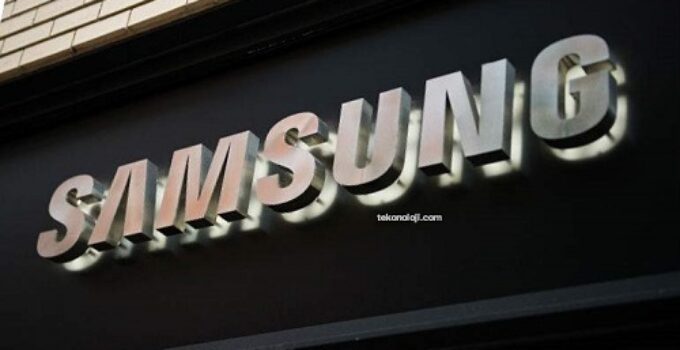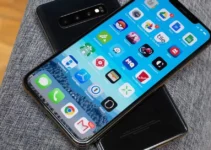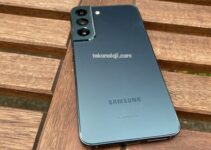Samsung will bring 5G to all smartphones, but that’s not good news. After the introduction of the 5G network in 2019, many mobile phones started supporting this network, leading to the present day with an ever-growing offer of smartphones that support this network. Among the brands that most distinguish themselves in this field, at least as regards the Android market, we certainly find Samsung.
YouTube tests the “queue” feature for iOS and Android apps
The evolution of 5G in smartphones
In the first years of its diffusion, 5G was limited to high-end smartphones only, which led to a clear differentiation from lower-end models. As the months passed, thanks to the expansion of the network to more territories and the development of technology, several mid-range mobile phones started supporting the 5G network; however, there aren’t many entry-level phones today that can claim support for it. Apparently, this trend is about to change, as even the most famous brands are planning to release several entry-level smartphones with support for 5G networks.
The deception of 5G phones
According to some rumors, Samsung seems to want to focus a lot on this technology, so much so that it is willing to extend 5G support to all its most accessible models in its line-up.
However, support for these networks seems to lead the Korean company to sacrifice some features that are now present in a stable and continuous manner even in the cheapest models.
Consider, for example, the Samsung Galaxy A13 5G and the Samsung Galaxy A13 4G. It is the same model but the two variants hide important differences under the hood: the 5G version, which supports the new network, is equipped with faster processors, but at the same time has a lower screen resolution than the LTE model. The same situation occurs with regard to the photographic sector, which provides for a lower number of rear cameras: the 4G model has four cameras, while the 5G one loses one.
The same scheme can be extended to other models. For example, the 4G version of the Samsung Galaxy A32 comes with a higher resolution display and better selfie camera, while the 5G Galaxy A32 is equipped with a faster processor than the 4G variant.
With such a vast and confusing choice it is important to make a consideration: the usefulness of a higher download and streaming speed is relative if other fundamental departments of the smartphone such as displays and cameras present important sacrifices.
The reasons behind some renunciations
In all likelihood, Samsung decides to continue this differentiation to ensure that 5G connectivity becomes as accessible as possible, but also to reduce production costs as much as possible, as 5G modems are currently more expensive in production terms than the now widespread ones. 4G.
Indeed, according to Taiwan Economic Daily, the global mobile phone industry has suffered a significant decline in sales this year, which has led companies to rely on lower cash flow.
In the coming months, we will be able to understand whether the decision to focus on 5G by sacrificing other features will have paid off, even if, in all probability, the winning solutions to feed the smartphone market are found elsewhere.
We just have to see how the market will respond to this now widespread decision and understand if companies will continue to pursue this path in the coming months and years as well.



